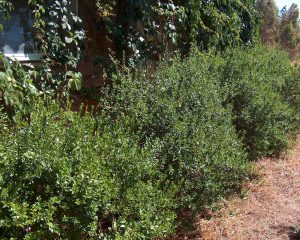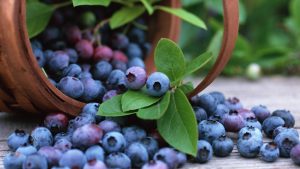The myrtle: the everlasting love plant.
article read on lastregadelsud.wordpress.com written by Valentina Lisci Spina
As ever this year I witnessed heated debates on the fruit picking, herbs, flowers, berries and mushrooms. Just passed the period of the olives, including a “they are too green” and “they are too black” to be collected, it was the turn of the myrtle.
And even I, modestly, I suffered my dose of scolding for having picked up, listen, listen, before December 6. The feast of St. Nicholas, according to local old men, opens the dance to Myrtle harvest. I do not know why (but if someone knows, I will be pleased to find it out).
With climate change we are witnessing, harvesting the fruits of nature is no longer regulated by more or less stable given. The berries were so purple and juicy that I collected, without ceremony, but to thank the huge old trees that have offered me. The only indication that I follow for the collection of berries (not only myrtle) is one of common sense: not too raw, not too ripe.

This shrub grows florid Mediterranean vegetation, blooms in late spring and often blooms again in the summer. The flowers inebriating fragrance were used in the preparation of ” water of the angels “. The berries appear at the end of autumn, can be harvested from late November to late January, and are processed immediately, even during the dayorder not to lose aromas and properties.
Myrtle, “sa murta”, is known for the excellent liqueur made from it, a digestive unmissable in Sardinia.
In the kitchen it is an incredible spice, in addition to many dishes.
The latest trend is to use it to garnish ice cream (I like!).
If you want to obtain a jam, please, do not do like me, take care not to crush the berries too otherwise the result will be so astringent to suck you in the mouth! The action of the tannins, responsible precisely the astringent taste, is attenuated by the time: to have a softer flavor the best is to wait a few months before consuming either jam and liquor.
In phytocosmetics, the essential oil is used in creams, soaps, shampoo and shower gel, because thanks to its anti-inflammatory, astringent and balsamic, cleanses and tones the skin.
In some areas of Italy is used to put some small branches of myrtle in the bride’s bouquet, because it is considered a symbol of eternal love. Plinio called it “myrtus coniugalis”, and it is no coincidence that the plant of the myrtle is consecrated to Venus, goddess of love.

In short terms, myrtle holds together and make falling in love … especially those who discover it for the first time!
Have a good collection and prudent tasting!
Valentina
photo by lorenzovinci.ilgiornale.it e idrotermevillasor.it
da provare | to try
categorie negozio | shop categories
[wds id=”2″]


Lascia un commento